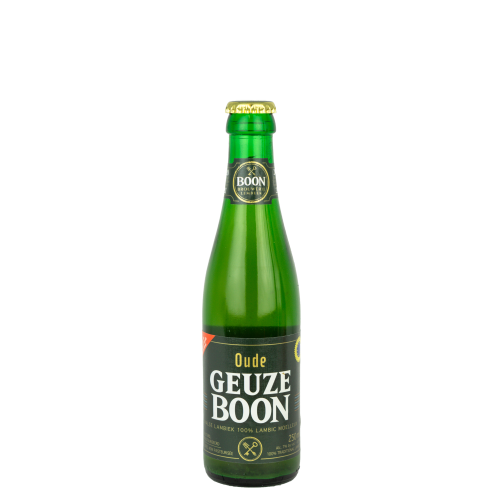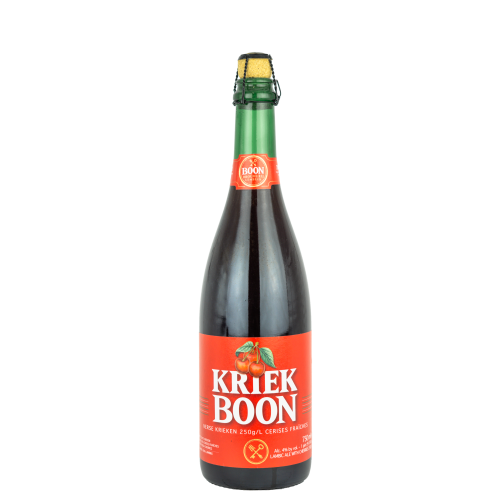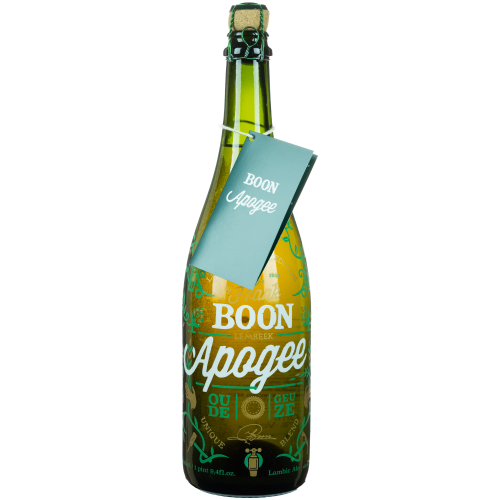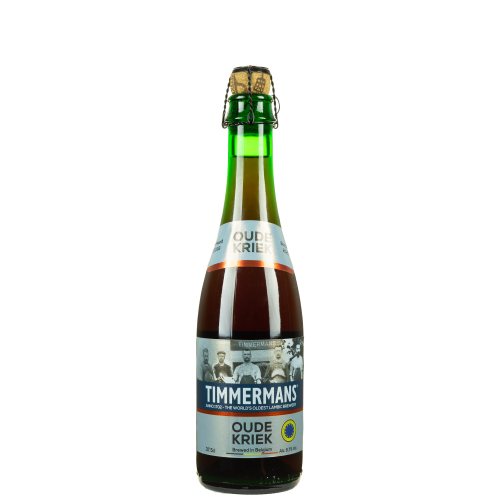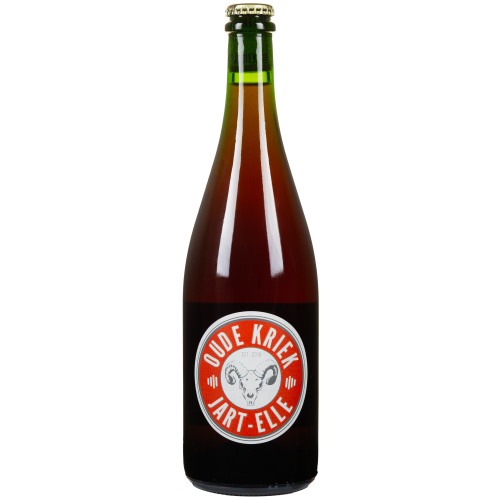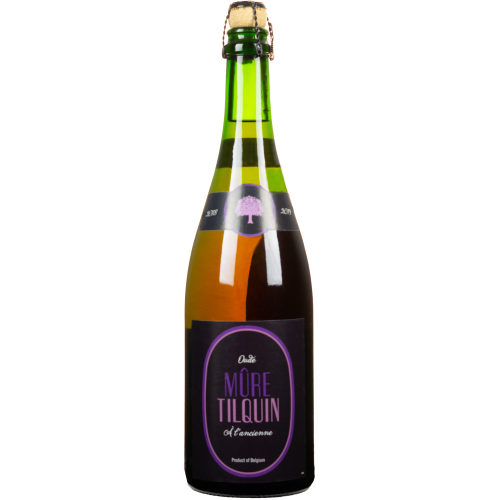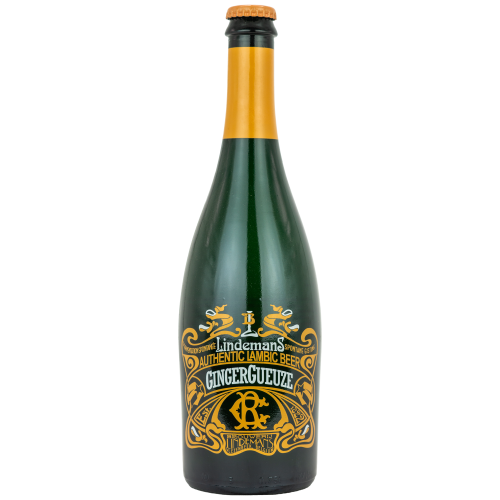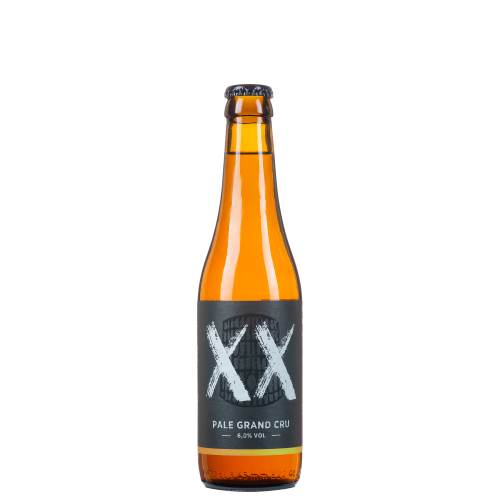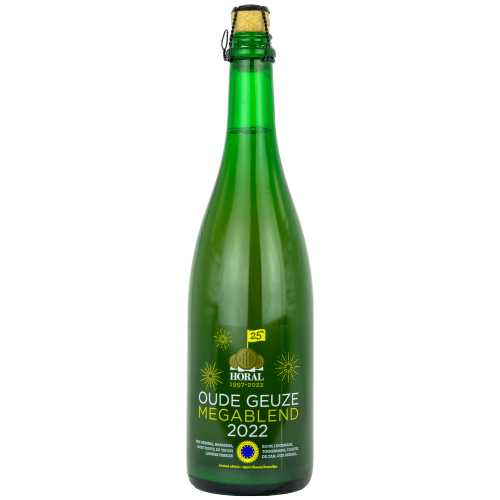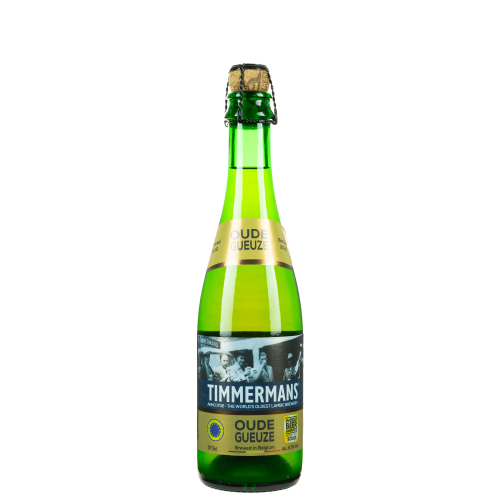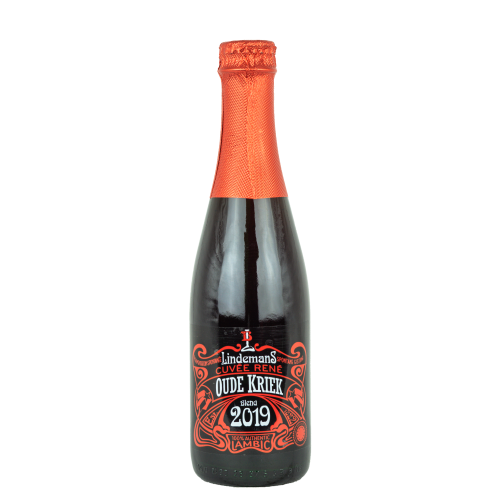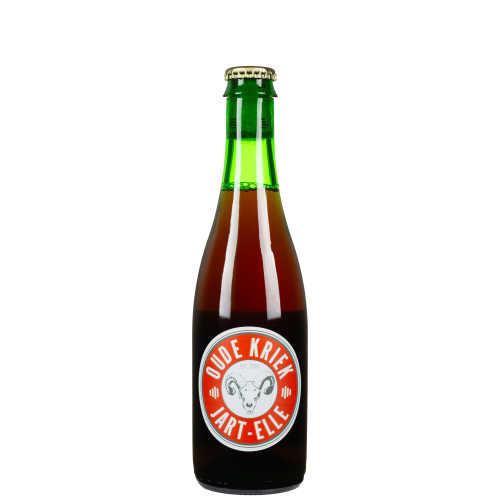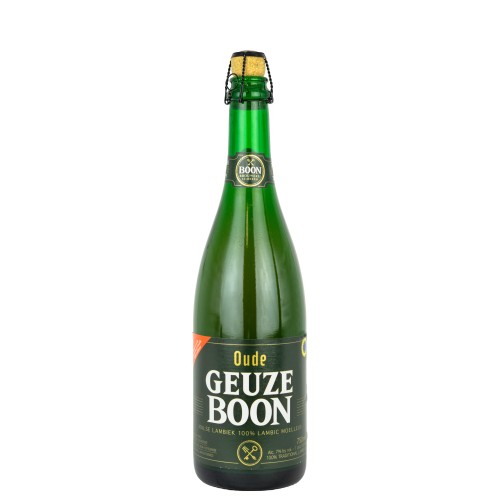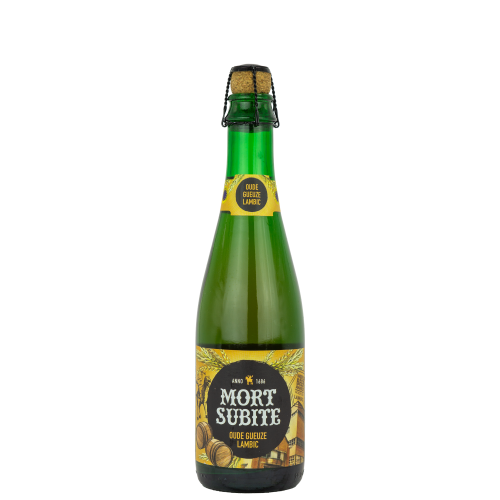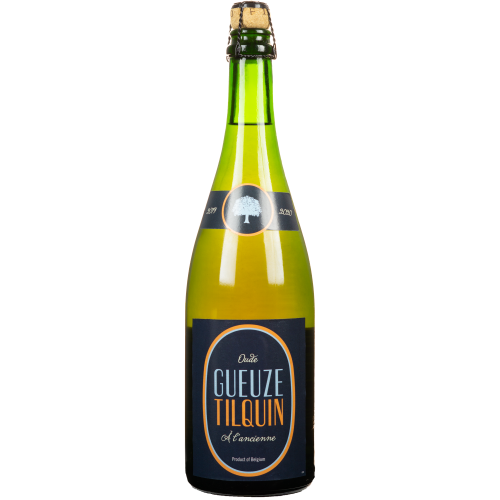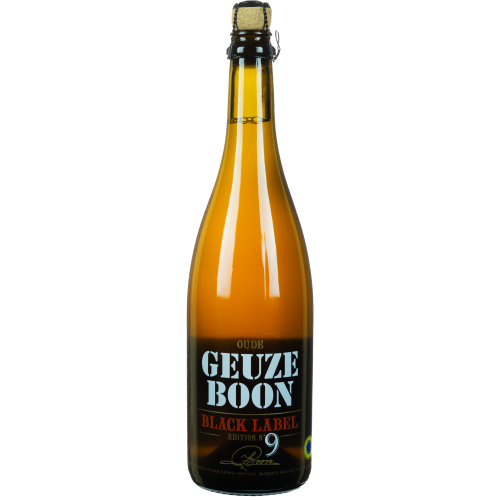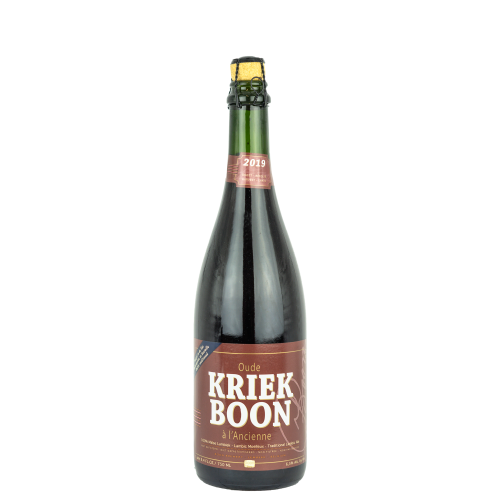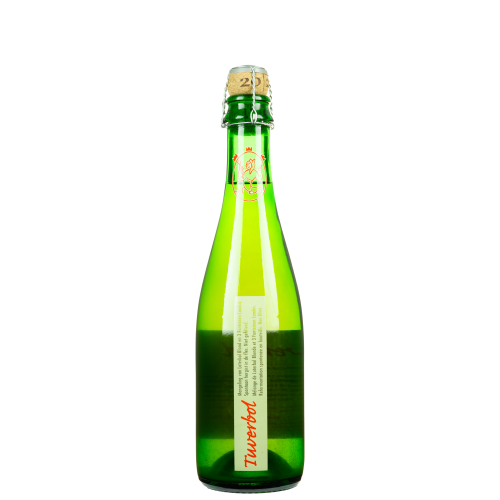Sour beer
The Sour beer style or sour beers have their origins in Belgium, coming from lambic and other wildly fermented beers. These beers undergo spontaneous fermentation and mature in wooden casks. Sour beer is the oldest known type of beer in history, with almost all beers being sour before sterilization became possible. With the introduction of sterilization, sour beers disappeared, because acid was not wanted in beer. However, the Sour has recently regained ground and has become a popular beer style among craft brewers. In addition to modern sour beers, there are also classics such as lambic, gueuze and Flemish old brown/red.
The sour flavors in contemporary Sours are consciously created by brewers, using specific yeasts and bacteria as seasonings. These microorganisms are actively added to the beer and are given free rein during the brewing process. There are various methods to achieve sour beer, including wild fermentation and the use of lactic acid bacteria.
- In wild fermentation, brewers use a coolship to expose the wort to the microflora present in the brewery, making these microorganisms an integral part of the beer. The yeast species Brettanomyces, a relative of the brewer's yeast Saccharomyces cerevisiae, plays a crucial role by producing important aromas and flavors that sour the beer.
- Lactic acid bacteria such as Lactobacillus and Pediococcus contribute to surprising sour flavors. While these bacteria are normally carefully kept out of the wort, they can be deliberately added to create a sour beer. During fermentation, lactic acid bacteria convert sugars into lactic acid, resulting in the beer's characteristic slightly sour taste. Pediococcus can metabolize even without oxygen, making the beer more sour over time and developing a rich, complex flavor. On the other hand, Lactobacillus provides a softer and less complex sour taste.
Sours come in different styles:
- Lambic, which is often mixed with cherries or raspberries, and Geuze, created by mixing young and old lambic.
- Gose, from Germany, combines coriander and sea salt for a unique taste experience.
- Vlaams Bruin, a Belgian sour, is often fermented in wooden barrels (foeders) and is characterized by sourness, sweet red fruit and vanilla notes.
- Berliner Weisse, light in color and high in carbon dioxide, offers a sour taste with little bitterness and is brewed with at least 50% wheat.
The bacteria in Sours, especially Lactobacillus and Pediococcus, contribute to the sour taste, and the duration of their presence in the beer affects the acidity. This makes Sours a fascinating and varied beer category, with brewers constantly experimenting with beer styles, brewing techniques and flavor profiles.



